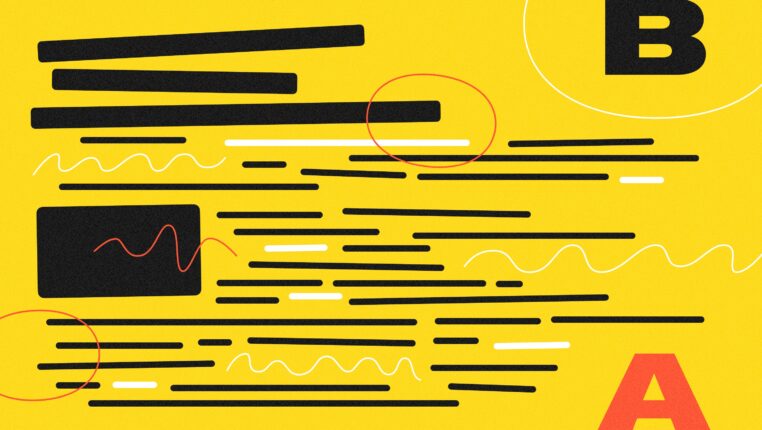While you can always research your market and view other websites designed for competitors in your industry, A/B testing offers one of the most effective methods of figuring out what will work best for your website’s design.
What Is A/B Testing?
In A/B testing, the web designer creates two (or more) versions of the same web page. Your organization then directs equal traffic to each of those pages and monitors key metrics such as conversion rates, bounce rates, and others to determine which version performs best. You can also use A/B testing for email marketing and even social media marketing.
Essentially, you’re testing the elements of two web pages to determine which has the greatest impact on your audience. You might change up the headline, the call to action (CTA), the images, or other aspects of the content.
For instance, one page might use a call to action that creates urgency, while the other page has a reassuring but energizing call to action. After a few weeks of testing, you’ll know which CTA drives the most traffic to the intended action.
Change One Thing at a Time
You don’t want to create skewed results or complicate your research efforts. To make A/B testing as accurate as possible for your website design, change just one element on the page. If you change multiple features, you won’t know which created the desired result.
Neil Patel of Quicksprout recommends starting with simple changes. For instance, you might add the words “Instant Download” to the language on your landing pages. You could change the length of the headline, the language you use in your forms, or even the size of your font.
Continue Testing Over a Long Period of Time
It takes time to get your web design just right. Consequently, you might have to continue testing landing pages, home pages, and other elements of your website indefinitely. As new web standards emerge and as your goals change, more testing becomes necessary.
However, you’ll need to keep track of the results of each test. For instance, you might find that the call to action on one page works great with a certain image, but that another call to action works wonderfully with a specific video. Understanding how these elements work together will help you create landing pages that convert prospects into customers, students, or donors.
A/B testing is a fantastic way to optimize your website design without changing every element of the website at once.



